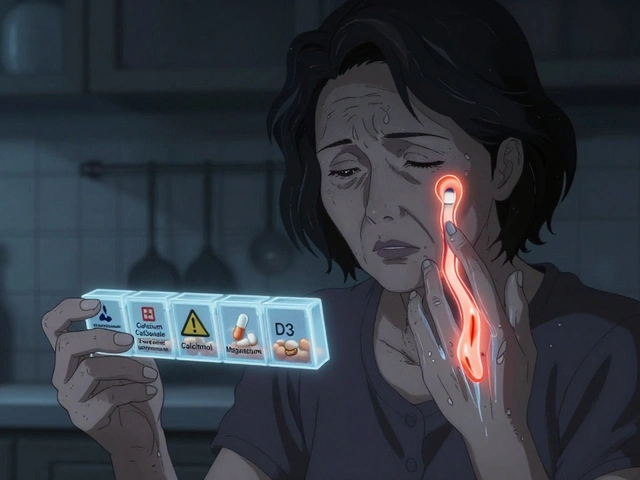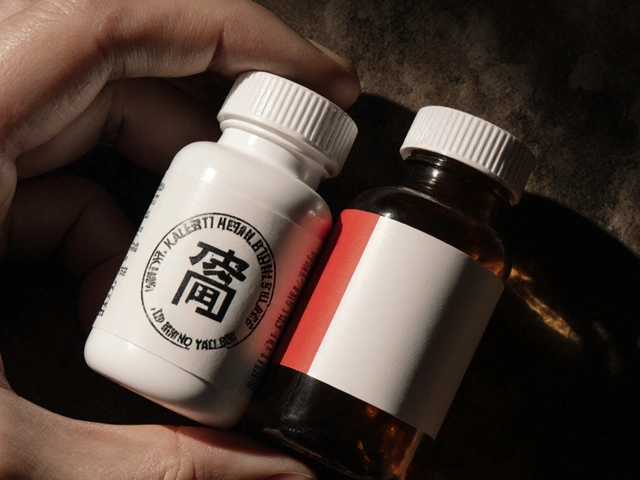Pustular Psoriasis: What You Need to Know
If you’ve ever seen a red patch on the skin that suddenly fills with tiny pus‑filled bumps, you might be looking at pustular psoriasis. It’s not an infection – it’s a type of psoriasis that makes your immune system go a bit crazy and send white blood cells to the skin.
People often mistake these blisters for acne or chickenpox, but the pattern is different. The spots usually appear on the hands, feet, or a larger area of the body, and they can be painful or itchy. Knowing the signs helps you act fast and keep the flare from spreading.
Common Signs and Triggers
The most obvious sign is small, white‑filled pustules that sit on red skin. They might merge into larger patches, and after they clear, a thin layer of dead skin often remains. Some folks notice fever or a feeling of being unwell when the rash flares.
Triggers vary from person to person. Common culprits include sudden drops in temperature, stressful events, certain medications (like lithium or steroids), infections, and even smoking. If you see a pattern – for example, a flare after a cold snap – try to note it down. Cutting out the trigger can reduce future outbreaks.
How to Manage the Flare‑ups
The first step is keeping the skin clean but not over‑scrubbing. Use a mild soap and lukewarm water, then pat dry. Moisturizing right after helps lock in moisture and stops cracks that could let bacteria in.
Topical treatments are often the go‑to solution. Steroid creams can calm inflammation quickly, while vitamin D analogues help slow down skin cell growth. If over‑the‑counter options aren’t enough, a doctor might prescribe stronger creams or oral meds like retinoids.
Light therapy (phototherapy) works well for many people. Controlled exposure to UVB light can calm the immune response without the side effects of strong drugs. It’s usually done in a clinic, but some patients get home units with a doctor’s guidance.
Don’t forget lifestyle tweaks. Reduce stress with simple breathing exercises or short walks. Quit smoking if you do – it’s linked to worse psoriasis outcomes. Keep a balanced diet; omega‑3 rich foods like salmon can help lower inflammation.
If an infection sneaks in, see a doctor right away. Pustules can become secondarily infected, which makes the rash last longer and could need antibiotics.
Finally, stay connected with a dermatologist who knows your skin history. Regular check‑ins let you adjust treatment before a flare gets out of hand. With the right mix of skin care, medication, and lifestyle choices, pustular psoriasis can be kept under control.
The Role of Calcipotriol in Treating Pustular Psoriasis
Hi, folks! Today we're going to talk about an exciting topic - Calcipotriol and its role in treating Pustular Psoriasis. This intriguing substance has shown promise in controlling symptoms and maintaining skin health. Moreover, we're going to delve into the nuances of Pustular Psoriasis, how it impacts our body and how Calcipotriol can aid in relief. Our goal is to shed light on the severity of this skin disease and elucidate how science is combating it. Gear up for a deep dive into skincare science!
About
Health and Wellness
Latest Posts


Top Alternative Medications to Inderal for 2025: An In-Depth Guide
By Orion Kingsworth Jan 4, 2025

What Are Authorized Generics? Complete Explanation
By Orion Kingsworth Nov 16, 2025

Viagra Sublingual vs Alternatives: Which ED Pill Works Best?
By Orion Kingsworth Sep 25, 2025

